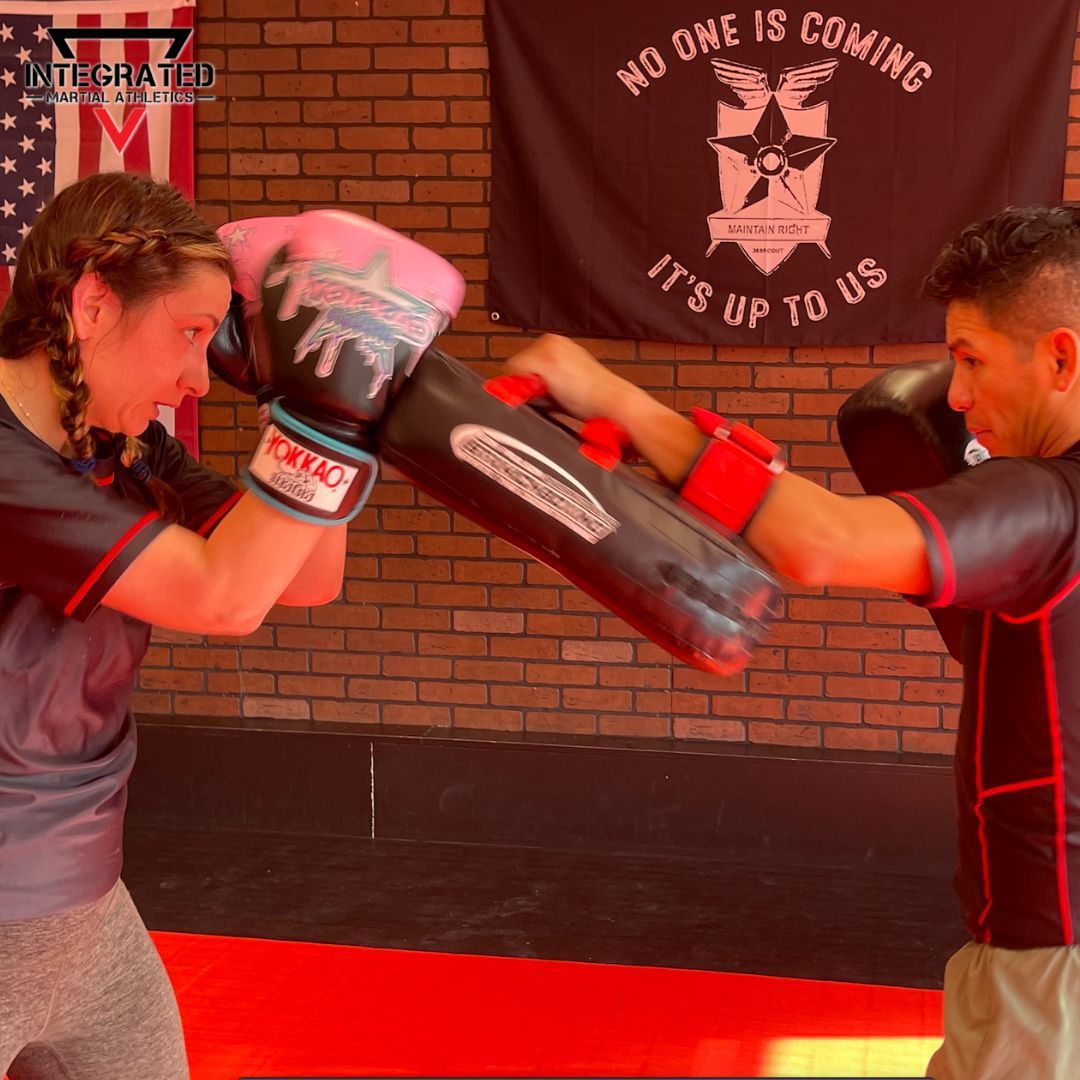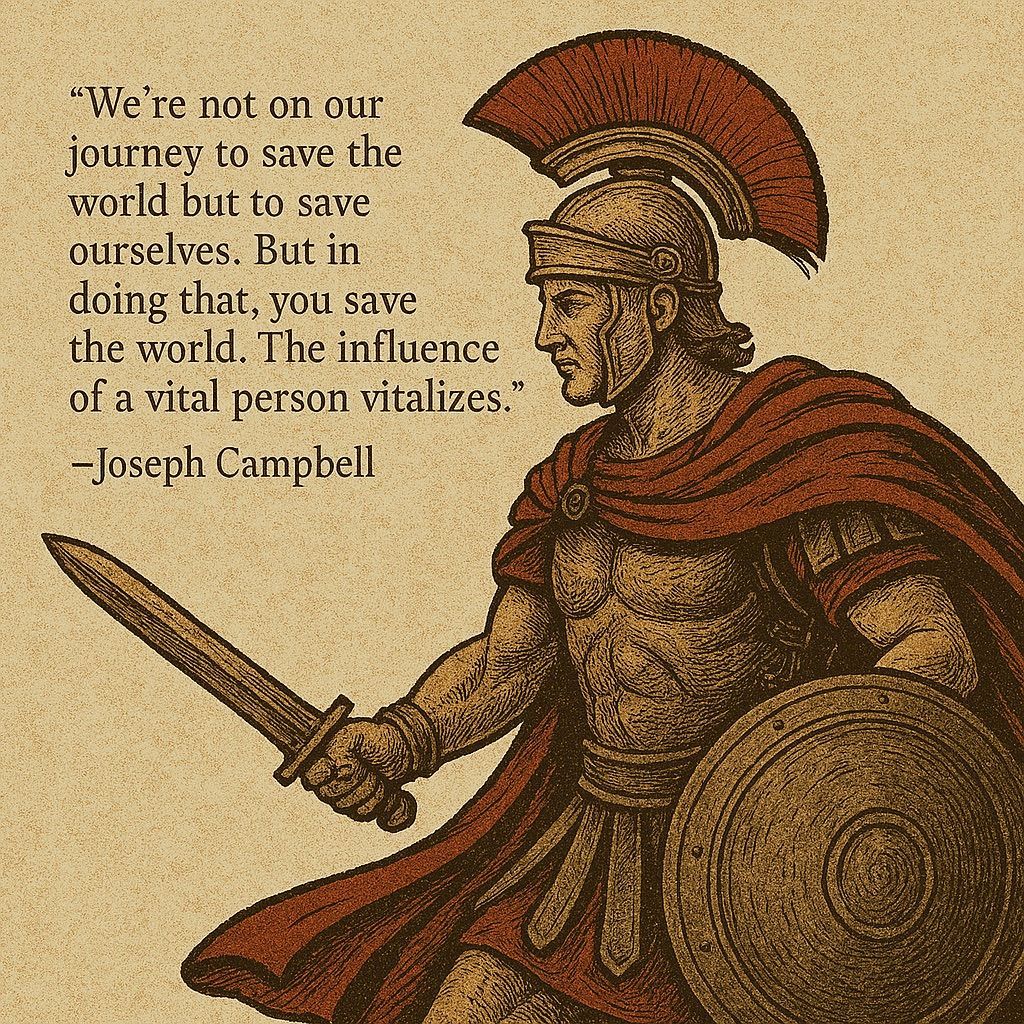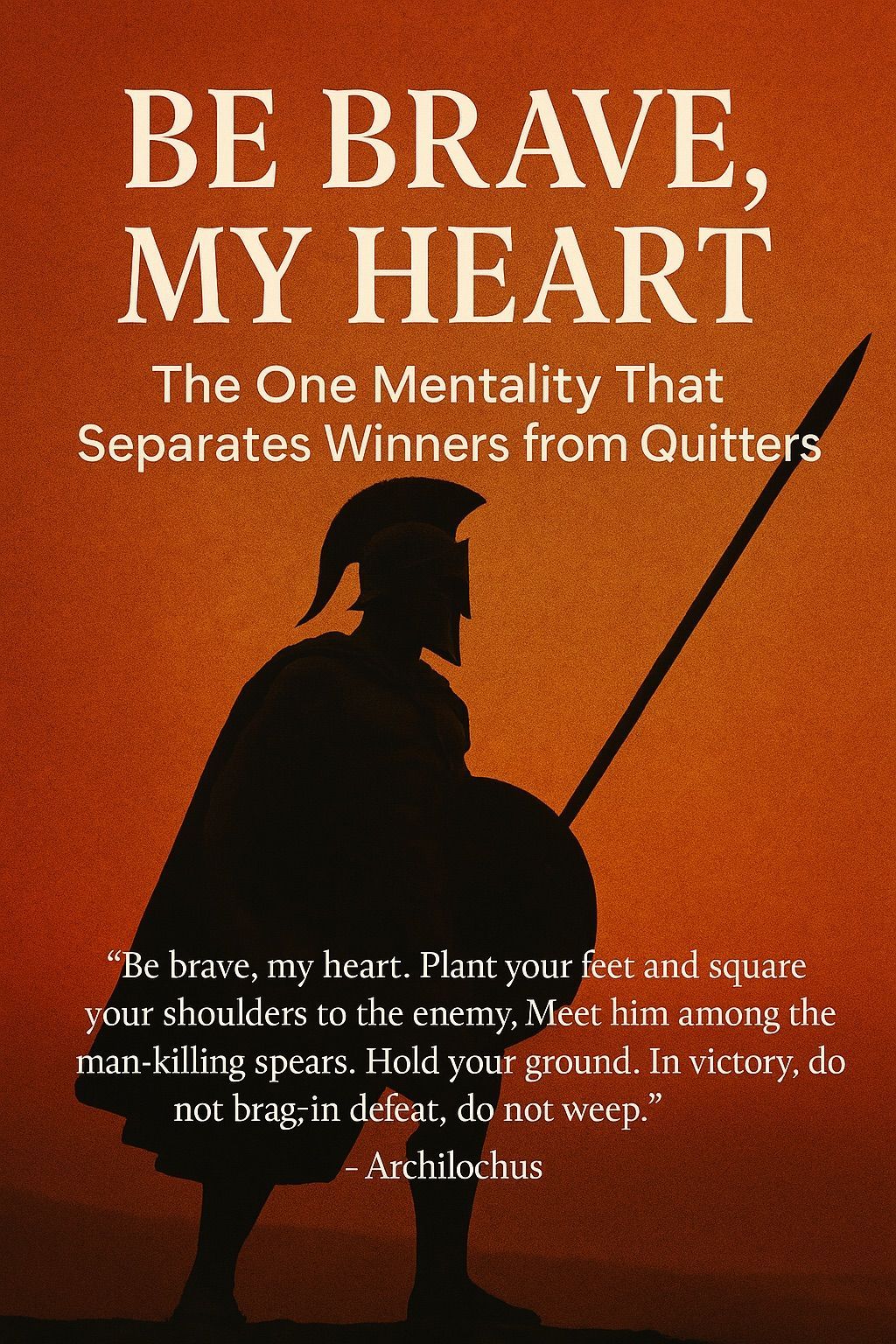The Non-Negotiables for Any Emergency Kit
The Non-Negotiables for Any Emergency Kit
As much as we hope, emergencies don’t schedule appointments. They don’t call ahead to let you know they’re swinging by. They
just happen. When they do, the question is simple: are you ready, or will you be left scrambling, reacting to chaos rather than controlling it?
Preparation isn’t just a word; it’s a way of life. It’s about putting yourself and your family in a position to thrive when the worst hits. As someone who’s spent years learning about survival, combat readiness, and tactical awareness, I’m here to tell you that one of the simplest yet most effective tools in your arsenal is The Non-Negotiables for Any Emergency Kit.
But not just any emergency kit. We’re talking about one that ticks all the boxes: well-thought-out, easily accessible, and capable of covering the fundamental areas that could make or break a crisis situation. Let’s dive into what I call the non-negotiables for any emergency kit. These are the basics you need to ensure you’re not caught off guard when things go sideways.
First Aid and IFAK (Individual First Aid Kit)
You’re no stranger to the idea that accidents happen, and in emergencies, injuries can be life-threatening if not addressed immediately. If you’re going to invest in one thing first, make it your first aid kit. And no, I’m not talking about those cheap, flimsy kits that give you a couple of band-aids and some gauze. You need something that’ll go the distance.
Stock it like a pro. A real first aid kit includes everything from wound dressings to antiseptics, trauma shears, tourniquets, and quick-clot gauze. Go beyond the basics because emergencies rarely stay within the bounds of “basic.” You might be dealing with severe cuts, broken bones, or worse, and when seconds count, having a well-stocked kit could be the difference between life and death.
Here’s a little pro tip: Keep your first aid kit in a spot that makes sense. Don’t stuff it in the back of a closet where you’ll waste precious time trying to remember where you put it. Place it in a central location—kitchen, garage, wherever you spend the most time—so it’s easily accessible when things hit the fan.
Lighting
Here’s a scenario: It’s pitch black. Power’s out, and suddenly you realize how much we take light for granted. This isn’t a time for stumbling around with a dying flashlight. You need reliable, hands-free, and strategic lighting options.
The first rule of thumb? More than one source. I’m not just talking about a single flashlight that you hope has enough juice left. I’m talking about having multiple, quality light sources placed around your home. Solar-powered lights like Luci Lights are fantastic for this. Why? They’re portable, reliable, and don’t rely on batteries that could already be dead when you need them most.
Put these lights in places where anyone in your household knows to find them—by the front door, in the garage, or next to the emergency kit. Darkness amplifies fear and confusion, and the last thing you want is to make a bad situation worse because you didn’t think about something as basic as light.
Cash in Small Denominations
We live in an increasingly digital world. Apple Pay, Venmo, credit cards—it’s all so convenient until it’s not. Let me remind you, when the system breaks down, cash is king. Whether it’s due to a natural disaster or a system failure, you may find yourself in a situation where digital transactions are useless. Cash is tangible, immediate, and will still get you what you need when the machines can’t.
I recommend keeping around $500 in small denominations. Fives, tens, and twenties are your best bet. Don’t keep hundreds—unless you like giving out big tips in a crisis—because smaller bills are more practical. You’ll want enough cash to handle things like fuel, food, or other basic supplies without worrying about whether change is available.
Stash it in a safe spot, and while we’re at it, don’t forget to rotate the bills every so often to make sure they’re still in usable condition. Nothing worse than trying to use cash that’s worn, torn, or has otherwise deteriorated over time.
Firearms and Ammunition
I know this is a topic some people might shy away from, but it’s non-negotiable for those of us who see self-defense as a top priority. Having a firearm in your emergency kit doesn’t mean you’re looking for a fight. It means you’re prepared to defend yourself and your family if the situation calls for it.
Now, a firearm is only as useful as its readiness. Having a gun that’s locked away in pieces isn’t going to help when seconds matter. You want your firearm to be loaded and accessible, but of course, safely stored, especially if there are kids in the house. This is where planning and training come into play. You need to know how to access and use your firearm under pressure.
And don’t just think about the gun—think about your ammo, too. Keep enough rounds to ensure you’re covered for a variety of situations, but don’t go overboard if you’re not prepared to move with it or store it safely. Balance is key here.
Fuel
Fuel is one of those things most people don’t think about until they’re sitting in their car, on empty, with no station for miles. Or worse, the stations are there, but they’re either closed or out of fuel.
Have a supply of gas on hand. Whether it’s for your car, generator, or tools, fuel is a critical component of long-term emergency preparedness. In a power outage, a generator fueled and ready to go can be the difference between staying comfortable or struggling in extreme weather conditions. If you’re traveling, having spare fuel means you won’t be stranded on some deserted highway when the situation is already tense.
Store your fuel safely, rotate it to keep it fresh, and make sure you have enough to power your basic needs for at least a few days. Emergencies don’t always resolve themselves quickly, and having the right amount of fuel can be a game changer.
Essential Lock Picking Kit
This one might surprise you, but in certain emergency scenarios, access to a locked building or vehicle could be the difference between survival and desperation. A well-made lock picking kit is lightweight, portable, and effective for getting through padlocks, door locks, or even personal safes without smashing windows or causing loud, unwanted noise.
Now, before you raise an eyebrow, understand this: being able to pick a lock in an emergency isn’t about breaking the law—it’s about providing access to shelter, food, or supplies when circumstances call for it. That said, you should familiarize yourself with local laws, and of course, use this skill only in legitimate emergency situations.
Lock picking is a practical survival skill that could come in handy when other options aren’t available, so practice and learn the basics now, rather than scrambling in the heat of the moment.
Knife: Your Most Versatile Tool
One of the most essential and versatile tools you can carry in your preparedness kit is a high-quality knife. Whether it’s for cutting rope, preparing food, defending yourself, or even building shelter, a sturdy knife is invaluable in survival situations. You’ll want a fixed blade for durability or a reliable folding knife that can handle tough tasks without failing.
Knives are not just about cutting things—they are about creating options. A good knife opens doors (literally and figuratively) when other tools might not be available. Choose a knife that feels solid in your hand, holds an edge, and can handle various tasks in an emergency.
As with firearms, familiarity is key. Train yourself to use your knife effectively, maintain it well, and ensure it’s always sharp and accessible in your kit. In an emergency, the last thing you want is a dull blade.
The Essentials Recap: What Every Kit Needs
When you’re putting together The Non-Negotiables for Any Emergency Kit, don’t leave it up to chance. Make sure you’ve got these seven critical components covered:
1.
Accessibility:
Everything in your kit needs to be easy to find and ready to use.
2. Preparation: Don’t skimp on quality. Invest in reliable, durable essentials that will hold up when you need them most.
3. Lighting: Always have multiple light sources, and make sure they’re placed in strategic locations.
4. Cash: Keep small bills on hand for those times when electronic payment methods aren’t an option.
5. Readiness: Firearms and fuel should be stored safely but always ready for immediate use.
6. Lock Picks: A lock-picking kit offers quiet and efficient access to locked areas in emergencies without breaking doors or windows.
7. Knife: A high-quality knife is your most versatile tool, invaluable for cutting, building shelter, preparing food, and self-defense.
Remember, this isn’t about being paranoid; it’s about being prepared. Emergencies don’t care about your plans or schedules. They just happen. It’s up to you to decide whether you’re going to be caught off guard or ready to take charge.
Take Action Today
Don’t wait until the storm clouds are overhead to start thinking about your emergency preparedness. Now is the time to act, to put together a kit that you can rely on. And it’s not just about having the gear; it’s about knowing how to use it, where it is, and ensuring every family member understands the plan.
It’s not a matter of if, but when. Will you be ready?
Stay Sharp, Stay Ready,
Chuck Giangreco








